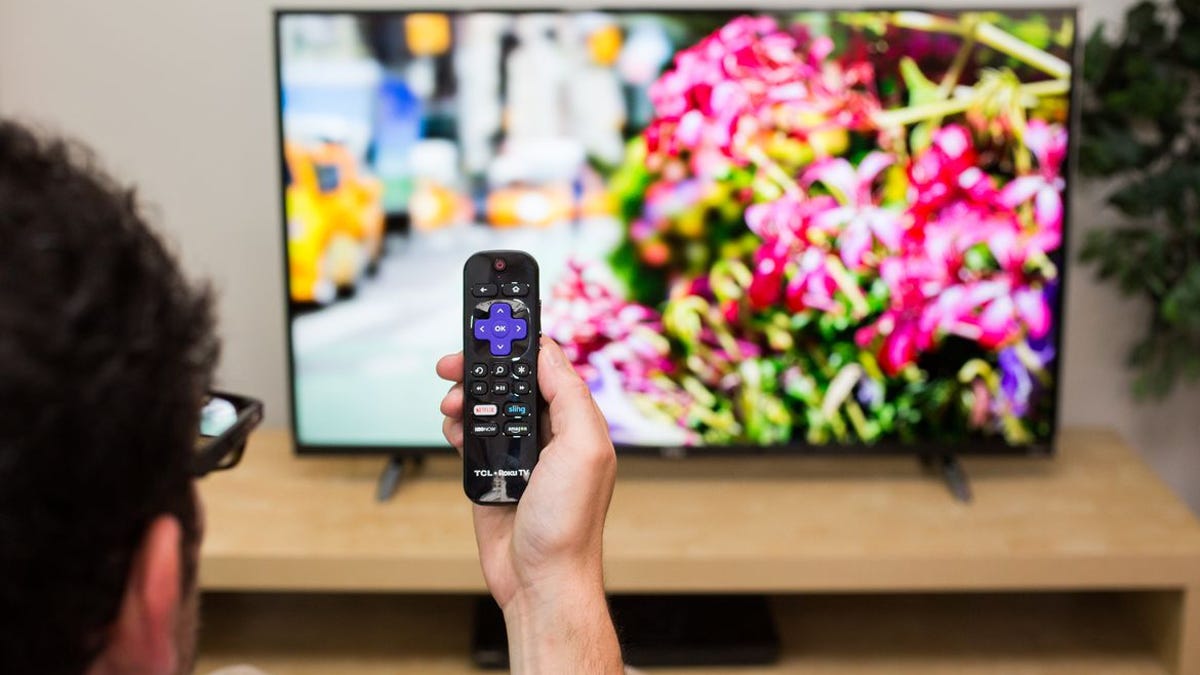How to make your TV picture look better than ever
Your TV looks pretty good, right? What if, for free, you could make it look even better? Here's everything you need to know.

No matter how long you've had your TV, chances are it can look better than it does. If you've never adjusted your TV's picture settings, you're missing out on peak performance.
This handy guide will lead you through every step to get your TV looking its absolute best.
Placement and connections
If you've just bought a TV, consider checking for where the best place for it is. It might not be the most obvious place. For example, don't mount it above a fireplace.
1080i and 1080p
Next, make sure you have the right cables. All high-speed HDMI cables perform the same, so we recommend checking places like Amazon or Monoprice (or other online stores) for cheap HDMI cable options.
You probably don't need new HDMI cables to do HDR nor do you need to worry about HDMI 2.1.
Generally, HDMI is the best choice, though sometimes DVI or DisplayPort are options.
Very rarely, spending a little more on certain cables is worth it.
If you're connecting to your cable or satellite box, most of the time you should set the box to 1080i, but with some TVs 720p is better. Remember, 1080i is the same resolution as 1080p.
Here's what you need to make sure you're getting Ultra HD "4K" and HDR. Though keep in mind that not all HDR TVs are really HDR.
For audio, if you're connecting to a sound bar or other sound system, generally it's either optical or HDMI. There are pros and cons to each. If you purchased a 4K TV and you have an A/V receiver, you might need to upgrade it as well. There are also certain steps you may need to take to get the sound from your TV's apps (Netflix, etc) to your sound bar or receiver. Many new movies are Dolby Atmos, which you can also get at home.
Picture settings
If you haven't adjusted any of your TV settings before, check out "How to set up an HDTV" and "HDTV settings explained."
Now, with a general idea of what's going on, but before you start tinkering with your TV's settings, it's best to pick the right picture mode, like Sports, Vivid, Cinema or Movie.
With that set, an easy place to start is "How to set a TV up by eye." Using just TV shows (or your own images), you should be able to get your TV's contrast and brightness controls pretty close.
An easy improvement is turning down the sharpness control. No, really. Here's why.
You don't need an external converter to watch 4K on your 4K TV. Your TV converts everything on its own.
Setting your TV by eye.
Digging deeper: Advanced adjustments
Ready to go a bit further? First brush up on "Beyond basic TV settings." This covers things such as backlights, color temperature, refresh rates, and more.
You might not be seeing the entire image either, thanks to a thing called Overscan. Here's how to fix it.
If you're a gamer, you'll definitely want to learn about Game Mode, which can potentially improve your online gaming scores with just a simple click of a setting. If you've bought a 4K TV, there are some special considerations to consider when connecting one to a PC.
Don't sweat it if you're watching a movie and there are black bars at the top and bottom of the screen; this is normal and actually correct.
If you want to go even further, it's time to get a setup disc for Blu-ray. These will help you find the best settings for your specific TV.
And for the last step, to get wring every bit of accuracy and performance from your TV, you may want to consider a professional calibration.
Troubleshooting
If the voices you hear are not matching the motions of the actor's lips, that's called a lip-sync error, and sometimes you can do something about it.
If you're annoyed by reflections on your TV, check out "How to rid your HDTV of reflections."
There are different HDR formats, you can find more about them here: HDR10 vs. Dolby Vision vs. HLG: How do HDR formats compare?
If you notice that objects blur when they move, or if everything you watch is super-smooth and looks like it's on a cheap soap opera, check out "What is the Soap Opera Effect." If you don't like motion blurring, but also don't like the Soap Opera Effect, some TVs have a feature called black frame insertion, which can help eliminate motion blur (but occasionally cause its own side effects).
Does the image on your TV sometimes break down into little blocks? Not your TV's fault, actually. Because sometimes HD isn't really HD.
And don't forget, to get the most out of your new 4K TV, you need to watch 4K content. Here's where to find all the latest and here's where to find HDR content (and here's why 4K TVs can help old HD programs, but only a little).
So there you have it: pretty much every article I've published on how to optimize and understand your TV. Now it's time to put your feet up and enjoy.
Editors' note, December 2017: This article was originally published in 2014 but has been updated to include additional relevant links and more setup info.
Got a question for Geoff? First, check out all the other articles he's written on topics such as why all HDMI cables are the same, LED LCD vs. OLED vs. Plasma,why 4K TVs aren't worth it and more. Still have a question? Send him an email! He won't tell you what TV to buy, but he might use your letter in a future article. You can also send him a message on Twitter @TechWriterGeoff or Google+ and check out his travel photography on Instagram.

